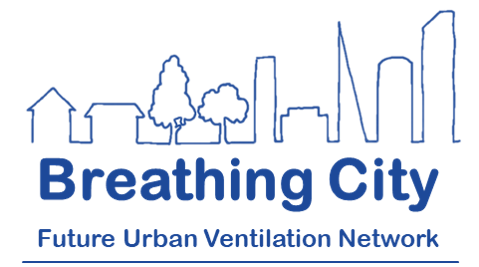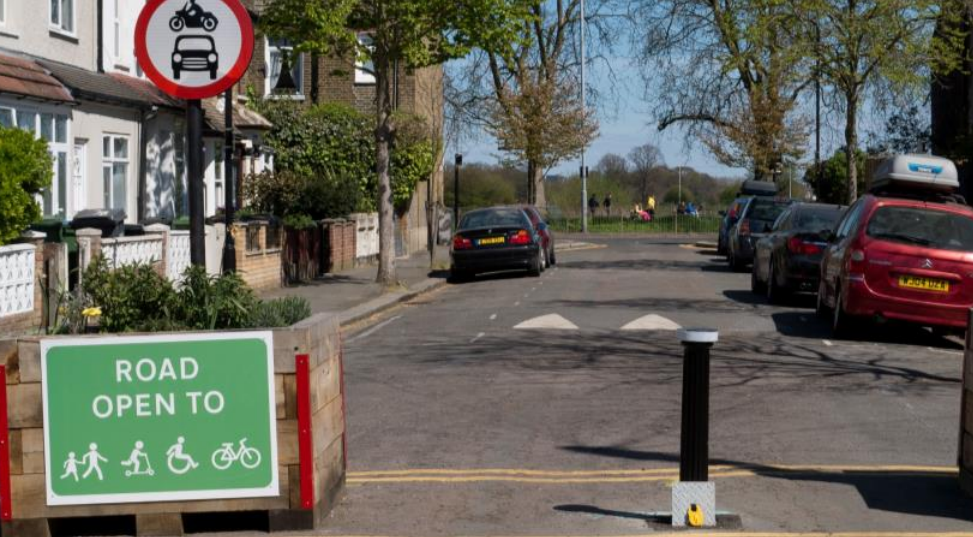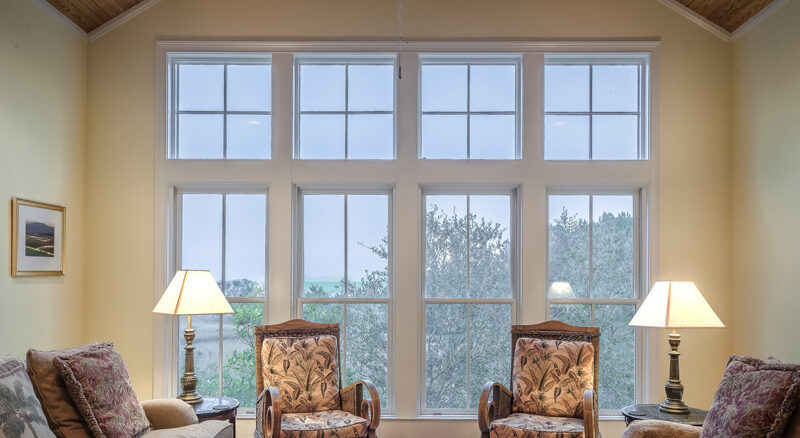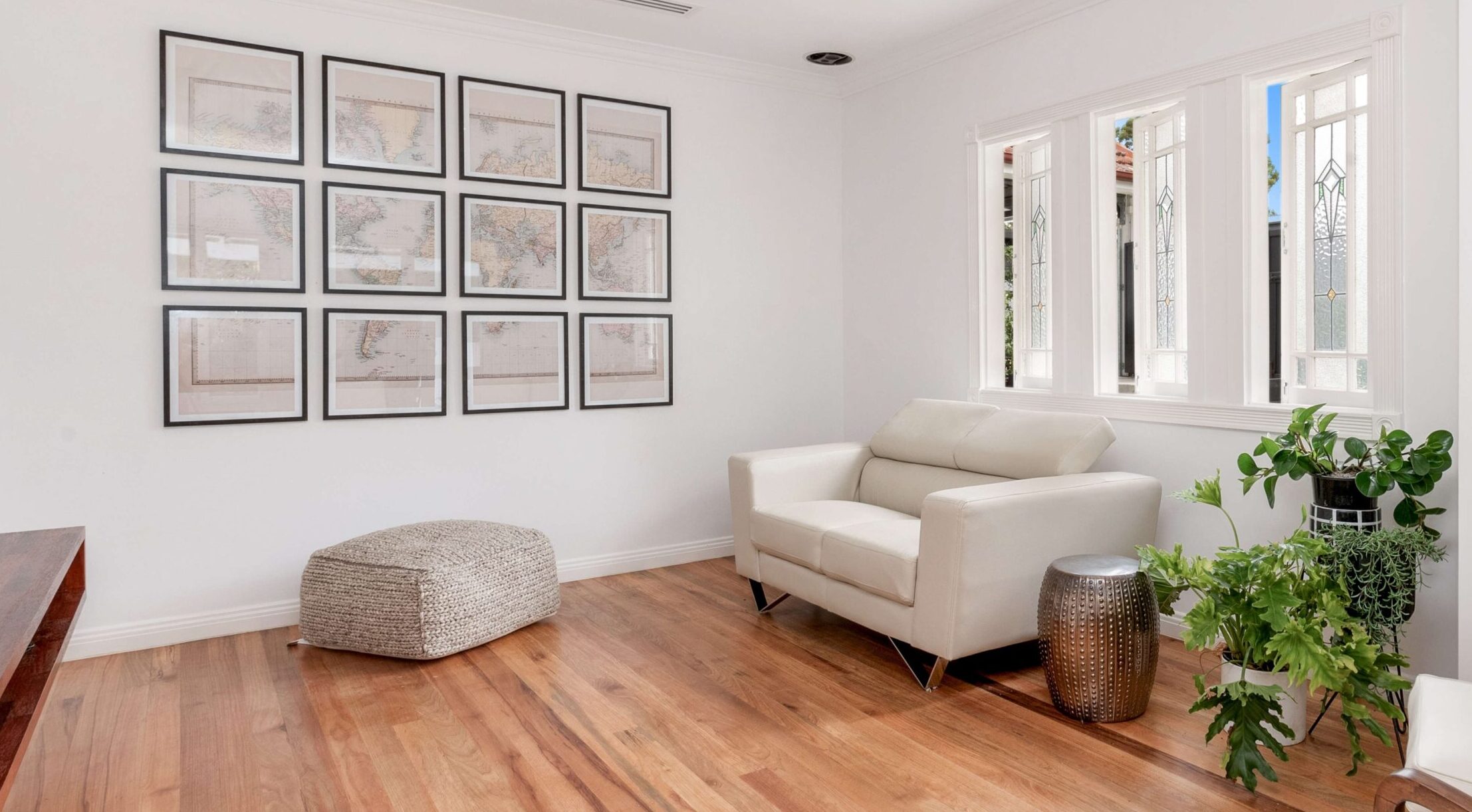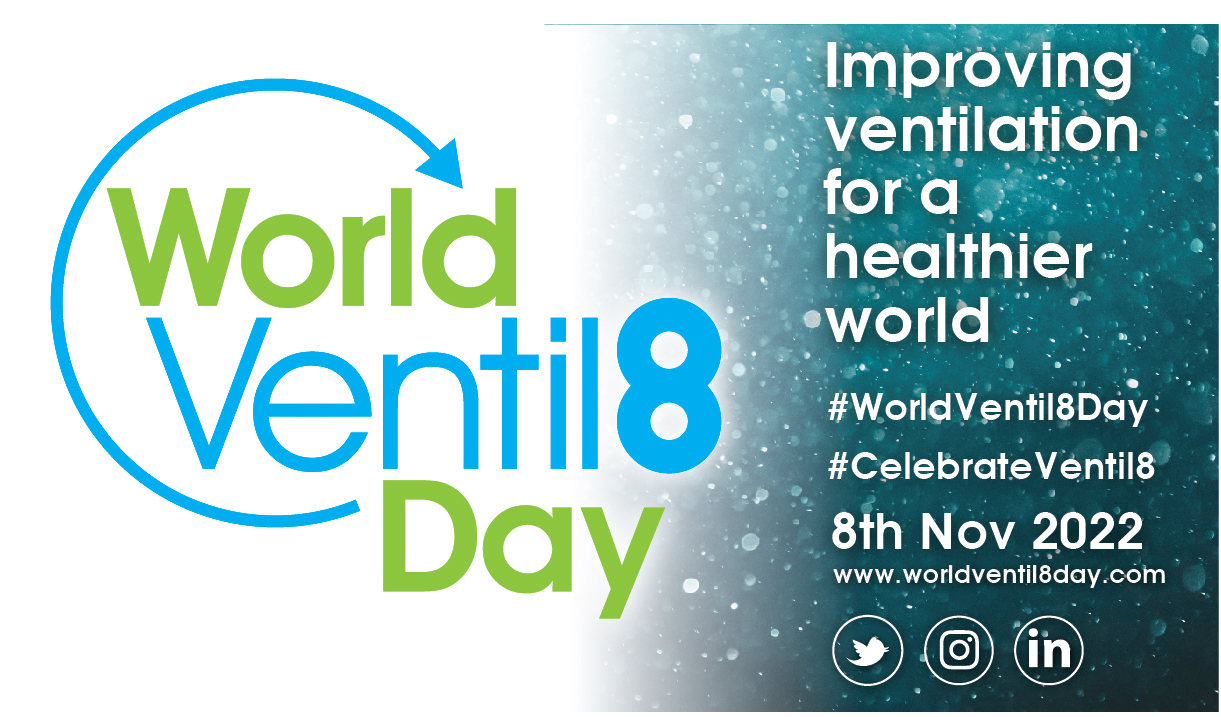UKHSA Job opportunity
UKHSA (UK Health Security Agency – formerly Public Health England) are currently recruiting two enthusiastic and competent scientists, with experience of undertaking research, especially on indoor air quality and ventilation modelling or IAQ monitoring to join the highly multidisciplinary Air Quality and Public Health Group. These are two permanent posts that be based at one of the following UKHSA sites: Chilton / Birmingham / Bristol / Manchester / Nottingham / Newcastle / London, depending on the successful candidate’s location. Application closing: midnight 24th February. Environmental Public Health Scientist – Indoor Air Quality Modelling (SEO) – Civil Service Jobs – GOV.UK Environmental Public Health Scientist (SEO) – Indoor Air Quality Monitoring – Civil Service Jobs – GOV.UK For more information, please contact Sani.Dimitroulopoulou@ukhsa.gov.uk
New research briefing on urban outdoor air quality
The Parliamentary Office for Science and Technology (POST) has published a POSTnote on urban outdoor air quality with contributions from academics in the Clean Air Programme, including Breathing City’s Dr Christina Vanderwel, University of Southampton. POST produces impartial, non-partisan, and peer-reviewed briefings, designed to make scientific research accessible to the UK Parliament. The POSTnote highlights that air pollution is the greatest UK environmental public health threat. It updates the 2014 POSTnote on ambient air quality (PN 458) and describes air pollutants, their health impacts and measures to mitigate poor air quality. It brings together the latest urban air quality research, public health evidence and pollutant concentration targets from the past ten years; the impacts of air pollution were highlighted by the 2013 case of Ella Adoo-Kissi-Debrah, in which high levels caused a severe fatal asthma attack. Ella is the first person in the UK to have air pollution listed as an associated…
Managing infections – don’t forget about the indoor air in your care home
As winter takes hold and energy costs rise, it is tempting to try and keep residents warm and fuel costs down by hunkering down until the weather gets warmer. But keeping all the windows and doors shut may not be the best idea: homes need ventilation, whether our own or in care homes. This article published on the Skills for Care guidance pages with input from Breathing City network members Prof. Cath Noakes and Prof. Tim Sharpe explains how, when and why to get ventilation right and limit infection risks in care settings. Older people are particularly vulnerable to the consequences of respiratory infections. Although vaccination significantly reduces risks of infection, premature death, and disease severity, COVID-19 and influenza outbreaks in care homes still happen. Recognising that effective ventilation needs to be balanced against thermal comfort, we need to make well-informed decisions about what we can do. As people age, become less…
Building standards failing to deliver healthy ventilation’ – say experts
Building standards are failing to ensure offices, shops, public buildings and homes provide healthy ventilation, say leading experts in a report on air pollution by England’s Chief Medical Officer with contributions from Breathing City academics. The panel of scientists and engineers describe a system where buildings were complying with the standards at the design phase but there was limited scrutiny to see if those standards were being met as the buildings went up – or when in use or adapted over time. Writing in the Chef Medical Officer’s (CMO) report, they said: “Whilst new buildings are subject to building standards, these are quite limited in scope and often poorly applied. There is good evidence that many buildings constructed to recent building standards fail to meet the minimum requirements for a number of aspects including ventilation.” When it came to older buildings, the expert panel noted that: “Most critically these standards are not relevant or applicable to most older buildings in the UK.” Cath Noakes, Professor of the…
Updates from our funded pilot studies
The projects funded by the Breathing City network have shared updates on their progress. Researchers received approximately £5,000 each to better understand how indoor air quality affects occupant health, how air quality metrics should be communicated and displayed, and how the new building standards affect indoor air quality. ‘Impact of different building standards on indoor air quality in homes’. Dr. Monica Mateo-Garcia. Birmingham City University This pilot study aims to monitor the indoor air quality of houses built under current Building Regulations with homes built under Future Homes Standard to compare the benefits and potential unintended risks. Two sites developed by the housing association Midland Heart and built by the same contractor were selected for the study: one development located in Burton-on-Trent, built under Part L 2013 Building Regulations, and one development in Handsworth, Birmingham, built meeting Future Homes Standard. Both sites share the same house types and construction methods,…
The Future Urban Ventilation Network Healthy Building Competition
Competition closed. Results announced by end of June Two of the grand challenges faced by architects and engineers this decade is in designing buildings and technology solutions that create healthy indoor environments and meet net zero targets. This competition invites applicants to propose an innovative building design or technology solution that addresses these two challenges together. The Future Urban Ventilation Network brings together researchers, practitioners and policy makers to understand the technical and practical challenges of a health-evidenced approach to urban building design and technology innovation. We are creating a strategy for a new holistic approach to creating healthy indoor environments, considering coupled indoor-outdoor flows in the context of current and future air quality challenges together with their impacts on thermal comfort, noise and energy use. To engage with the next generation of building performance engineers and indoor air quality specialists, we want to hear about projects involving innovative building…
Call to engagement and advancement meeting between health professionals and indoor environment researchers
06/03/2023 update: This call is now closed Call to action: To support the efforts described below, and develop research to generate the required knowledge, we intend to develop, and/or support, programmes which seeks to take steps towards linking source control, ventilation, indoor exposures, and health outcomes. To this end we ask that you contact: Contact: Kat Roberts (kr526@cam.ac.uk) in order to attend a meeting to initiate these efforts. Target audience: Clinicians, health researchers and applied health researchers, allied health professionals, GPs, health and social care co-ordinators and researchers, and health economists. Need: People spend over 90% of their time indoors but the links between health outcomes and air quality are almost exclusively on outdoor air pollutants (Maji, et al., 2017; Hua, et al., 2014; Li, et al., 2020). We need expertise in evidencing and evaluating health outcomes linked to exposures indoors, incorporating both indoor and outdoor sources. Health professionals, building…
World Ventil8 Day – Breathing City Celebrate Ventilate!
Join the Breathing City network and a panel of enthusiastic ventilation experts to celebrate unique ventilation projects! FUVN are hosting a special World Ventil8 Day event to celebrate unique or unusual ventilation projects and the people behind them. We’ll be talking integrated ‘smart’ building controls, the internet of things, ventilation and thermal comfort, using natural and hybrid ventilation, sharing new and exciting experimental facilities and hearing about how ventilation played a key role in getting venues back up and running during the Covid-19 pandemic. Prof. Cath Noakes will be chairing questions to our panel speakers which include Our panel discussions will be particularly focusing on the opportunities for getting involved with ventilation projects! A recording of the event is available here Visit the official website for more info about World Ventilation Day www.worldventil8day.com
Inaugural World Ventilation Day 8th November!
Ventilating and cleaning the air in buildings is a crucial part of enabling health and wellbeing of people. But it is so often ignored or poorly understood – and we usually only notice when there is a problem. Good ventilation can reduce exposure to air pollutants and infectious diseases, help us to perform better and be more productive, enable us to sleep better, and reduce mould and damp in buildings. We are launching World Ventilation Day #WorldVentil8Day. The intention is to use the day to put a spotlight on ventilation, highlighting why ventilation is so important, how it can be done well and to champion the organisations and people who work together to deliver good ventilation for health and sustainability. www.WorldVentil8Day.com Our first World Ventilation Day theme is all about Celebrating Ventilation #CelebrateVentilate. We want to shout about everything that is good about ventilation, how we can help people to…
Understanding air quality for health in different environments
On 22 September 2022 the Breathing City hosting a half day event to explore indoor air quality for health with a particular focus on “Understanding AQ for health in different environments” – discussing the challenges of measuring air quality and ventilation and relating this to health parameters. We brought together a range of speakers including: We also heard about four pilot studies funded by the Future Urban Ventilation Network: Recordings of all four talks are available on our YouTube channel
